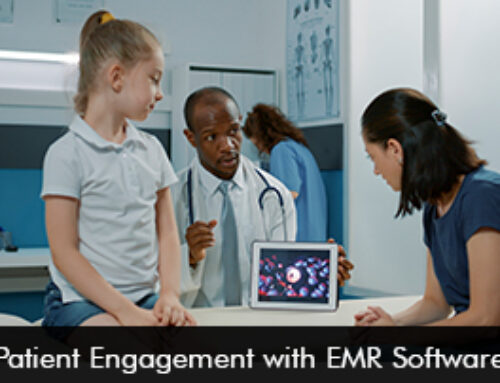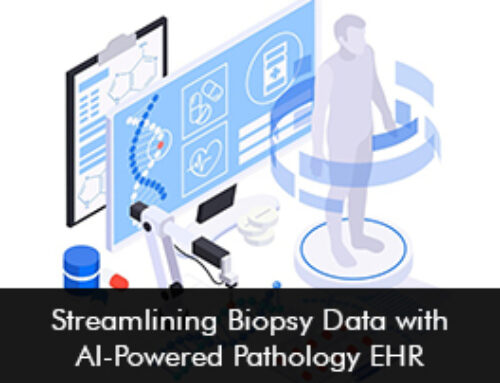With its standardized approach to data transmission and interoperability, Fast Healthcare Interoperability Resources (FHIR) is transforming the healthcare industry. This blog examines the main features of FHIR, as well as its advantages, difficulties in implementation, and revolutionary effects on the healthcare sector.
Understanding FHIR:
Definition:
FHIR is a standards framework developed by HL7 (Health Level Seven) for the exchange, integration, sharing, and retrieval of healthcare information electronically.
Modularity:
FHIR is built on a modular structure, using modern web standards like HTTP, RESTful APIs, and JSON. This modularity facilitates easy adoption and scalability.
Benefits of FHIR:
Interoperability:
Seamless Data Exchange:
FHIR enables seamless interoperability, allowing healthcare systems to exchange information efficiently. This is crucial for providing holistic patient care by accessing relevant data from diverse sources.
Standardization:
Consistent Data Representation:
FHIR standardizes the representation of healthcare data, ensuring consistency across different applications and systems. This standardization enhances data accuracy and reduces interpretation errors.
Easier Implementation:
RESTful APIs:
FHIR leverages RESTful APIs, which are widely adopted and easy to implement. This simplicity accelerates the integration of FHIR into existing healthcare systems, reducing implementation barriers.
Patient-Centric Approach:
Empowering Patients:
FHIR supports a patient-centric approach by allowing individuals to securely access and share their health data. This empowerment fosters patient engagement and supports collaborative decision-making.
Implementation Challenges:
Data Security and Privacy:
Securing Patient Information:
Implementing FHIR requires robust security measures to protect sensitive patient data. Compliance with healthcare data privacy regulations is essential to ensure patient confidentiality.
Legacy System Integration:
Overcoming Legacy Challenges:
Integrating FHIR with existing legacy systems can be complex. Healthcare organizations may need to invest in updates and modifications to ensure compatibility.
Standardization Adoption:
Variability in Adoption:
The healthcare industry faces variability in the adoption of FHIR standards. Achieving widespread acceptance requires collaborative efforts, education, and industry-wide commitment.
Transformative Impact on Healthcare:
Improved Care Coordination:
Enhanced Information Flow:
FHIR facilitates the seamless exchange of patient information among different healthcare entities. This improves care coordination, leading to more informed and timely decision-making.
Data Accessibility and Exchange:
Breaking Data Silos:
FHIR breaks down data silos by providing a common language for healthcare data. This enables healthcare providers to access a comprehensive view of patient information, irrespective of the originating system.
Innovative App Development:
Encouraging Third-Party Apps:
FHIR’s standardized APIs encourage the development of third-party applications. This fosters innovation in healthcare, allowing the creation of apps that enhance patient engagement, monitoring, and wellness management.
The Role of FHIR in Evolving Healthcare:
Continued Advancements:
As technology evolves, FHIR is expected to evolve with it. Future advancements may include enhancements in data security, expansion of standardization across healthcare domains, and increased support for emerging technologies.
Global Collaboration:
FHIR’s success hinges on global collaboration. The healthcare industry, technology developers, and regulatory bodies need to collaborate to overcome challenges, promote standardization, and ensure FHIR’s continued growth and relevance.
A key factor advancing healthcare toward a connected, interoperable, and patient-centric future is the Fast Healthcare Interoperability Resources (FHIR). The healthcare sector is gradually embracing FHIR standards, which has great promise for better patient care, more efficient operations, and cutting-edge discoveries. Healthcare companies can unleash a future where data flows easily and nurture a new era of excellence in healthcare by adopting FHIR as a catalyst for change, navigating the complexity, and tackling problems.







